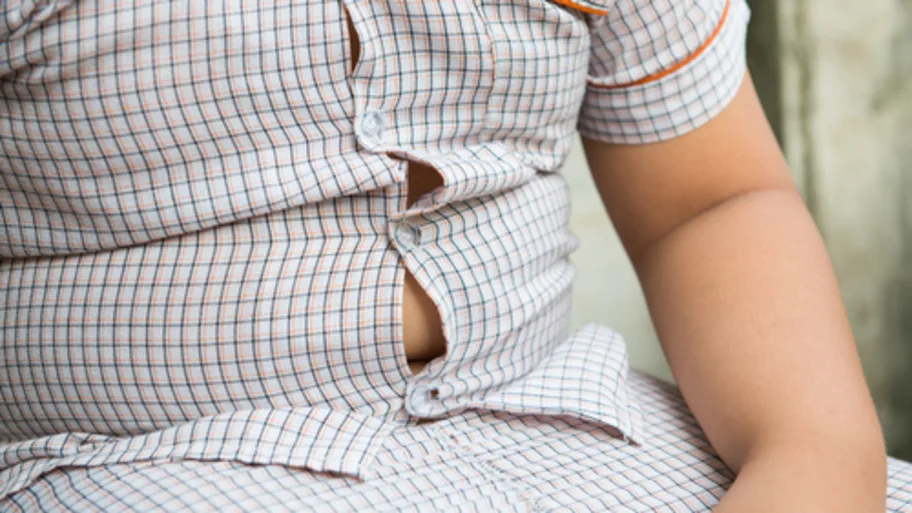
- Science News
- Featured news
- Cometh the hourglass: Why do men prefer a low waist-to-hip ratio?
Cometh the hourglass: Why do men prefer a low waist-to-hip ratio?

The ‘ideal’ waist-to-hip ratio varies, but it is always low relative to men’s or the female average. Image: Shutterstock.
Waist-to-hip ratio can signal sex, age, pregnancy and parity — as well as capacity for offspring brain development
— by Matthew Prior, Frontiers science writer
Male turkeys famously will attempt to mate with a head on a stick. In fact, gobblers prize a snug snood over the whole hen. How far then can a man’s ideal sexual partner be stripped?
As hopeless romantics we practice a more esoteric eroticism. Nevertheless, there are patterns.
Waist-to-hip ratio (WHR) is a strong predictor of women’s physical attractiveness. The ‘ideal’ value varies, but it is always low relative to men’s or the average female WHR. Writing in Frontiers in Psychology, one woman asks: why?
Evolutionary Theories and Men’s Preferences for Women’s Waist-to-Hip Ratio: Which Hypotheses Remain? A Systematic Review► Read original article► Download original article (pdf)
Euphemisms
Over the last 25 years, research on WHR as an indicator of women’s attractiveness has flourished. But its link to female mate value – i.e. how WHR preferences influence a man’s reproductive success – is rarely expressed beyond euphemisms like “health” and “fertility” of low-WHR women. (Note: a low or ‘narrow’ WHR means large hips relative to the waist.)
It is a classic example of “just-so storytelling” in evolutionary explanations of human behavior, says Dr. Jeanne Bovet of Stony Brook University (SUNY).
After combing the literature, Bovet defined specific traits that could link WHR with mate value, to be subjected to empirical scrutiny. She asked: can a man select this trait in a mate, based on her WHR? And will he have more and higher-quality descendants as a consequence?
Sex, age, pregnancy and parity
Most of the mate value-related information provided by WHR is relatively basic, suggests Bovet: “Sex, age, pregnancy and number of children can all be reliably inferred”.
WHR is high in children and men. In women though, WHR drops around the onset of puberty until early adulthood, then rises again with age and number of children. Temporary increases in waist size are the unique reliable visual cue of current pregnancy. As such, WHR tracks reproduction potential, which is null in prepubertal, pregnant and postmenopausal women; peaks in the twenties; and is unreliable in women with many children or none.
Related: Love Island: Flamboyant males get the girls on Madagascar
Baby fat
One surprising WHR-related trait enjoys particularly compelling evidence of mate value, however.
That a wider pelvis facilitates delivery of big-brained offspring is a widely accepted idea. Perhaps it was the first to enter your mind in relation to WHR.
Alas though, the mechanical demands of bipedal locomotion strictly limit pelvis size – so that most WHR variance is in fact due to fat storage on the hips and waist. But it appears that the distribution of this fat is likewise a major gatekeeper of brain development.
Fat on the hips, thighs and buttocks is special in women. Even with restricted food intake, the body avoids burning it. But in late pregnancy and lactation, the same fat becomes freely available as the main source of long-chain polyunsaturated fatty acids critical for early brain development. Abdominal fat interferes with this: it inhibits production of the enzyme Δ-5 desaturase, required for synthesis of the fatty acids.
In keeping with this, one study has shown that women with lower WHRs and their children have significantly higher cognitive test scores – and IQ is negatively correlated with birth order, following the loss of gluteofemoral fat with each child.
A moving target
Evolution of preferences for a low WHR in female mates likely involved a number of these traits. Still more – including WHR as a hormone-driven indicator of sexual and maternal behavior, or a warning of abdominal parasites – remain untested.
WHR’s correlation with attractiveness might even prove to be an artifact, with some related physical characteristic like hip size alone, or waist/stature ratio, closer to the object of men’s desires.
But whether rapid cultural evolution and reproductive technologies will relax men’s preferences for a narrow female WHR – or if ‘runaway selection’ for once-useful traits, and pursuit of gene-propagating ‘sexy daughters’, will intensify them – is a story that will unfold deep into the future.
Original article: Evolutionary Theories and Men’s Preferences for Women’s Waist-to-Hip Ratio: Which Hypotheses Remain? A Systematic Review
REPUBLISHING GUIDELINES: Open access and sharing research is part of Frontiers’ mission. Unless otherwise noted, you can republish articles posted in the Frontiers news blog — as long as you include a link back to the original research. Selling the articles is not allowed.






